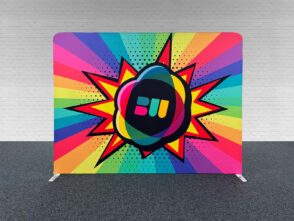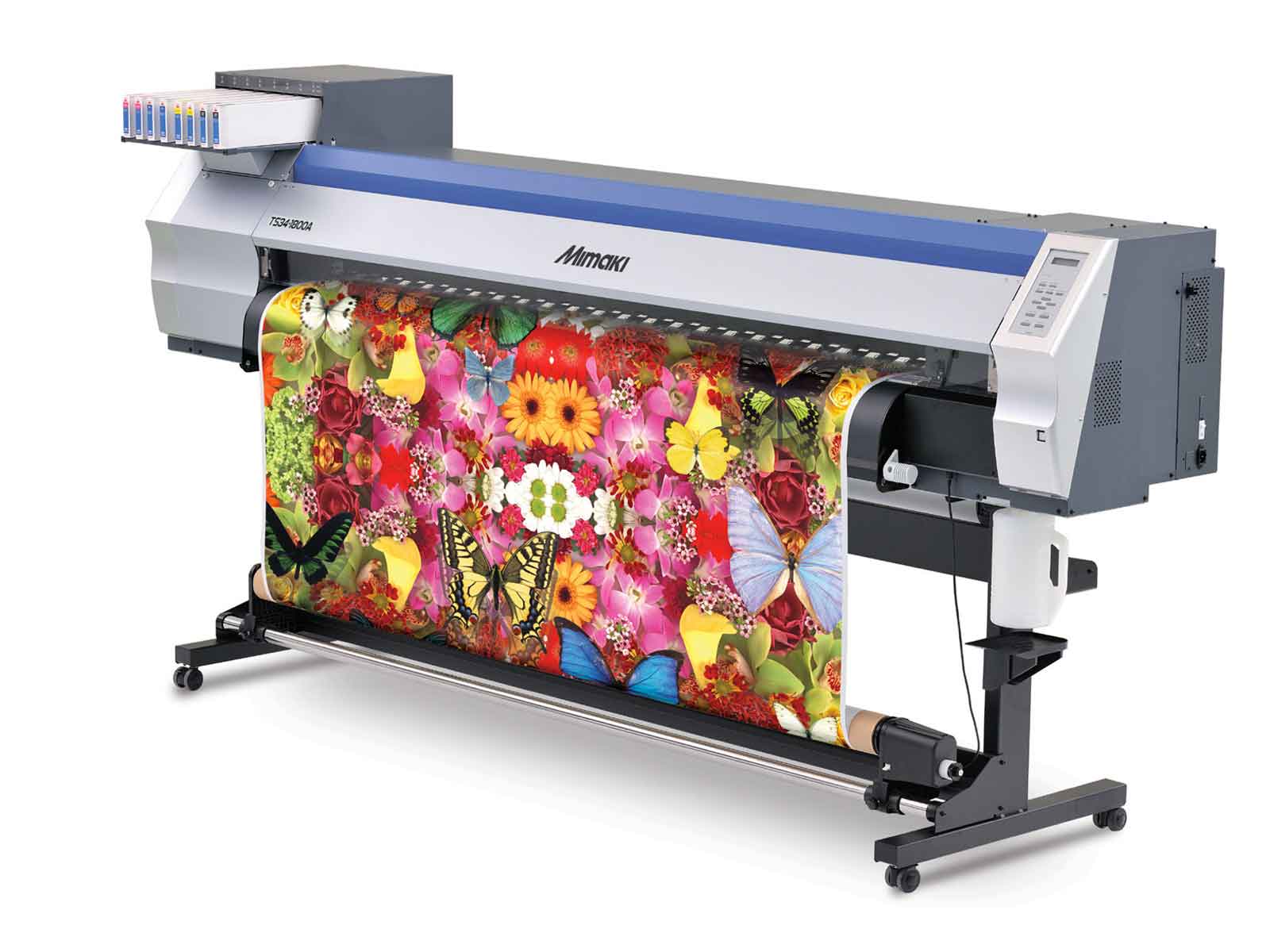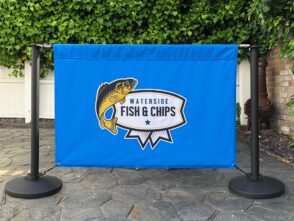What is solvent printing?
Large format and wide format printers have been using solvent printing technology since the mid to late 1990s. The term solvent refers to ink that doesn’t contain water. Manufactured from petroleum-based the inks contain substances such as acetone: mild solvents and eco solvents which are less harsh. Mild solvents generally use Glycol or Glycol Ether. These Eco and Mild solvents have slower drying times due to the lack of acetone. Solvent prints are fully waterproof once dry.
Print heads and print method
Piezo print heads charge electrically and fire ink at the printed substrate. The ink hits the substrate with exceptional pinpoint accuracy. Solvent printing is generally a higher resolution print method as apposed to UV printing.
Most modern-day solvent printers print at around 800-1500dpi and have 100’s of print nozzles per head. Print nozzles fire ink onto the print media. The surface of the Piezo print head contains tiny, microscopic apertures.
Print head movement
Print heads usually print bi-directionally meaning they spray ink when moving in both directions. Solvent printers can often also print unidirectionally. Uni-directional means ink will only spray on the surface in one direction. Uni-directional printing is slower but gives higher accuracy. The ink hits the surface in the same place each pass reducing banding.
What is a Bi-Directional Print process?
Bi-directional printing will spray ink on the material travelling left to right. Once a pass of the head as moved from left to right, the media will advance one pass and then the process will repeat this time travelling from right to left. Bi-direction printing is faster but slightly more inferior quality-wise than uni-directional printing due to the ink on each pass is firing from the opposing direction. Drop position can be adjusted to make the quality sharper. Drop position refers to a calculation of where the ink will drop onto the print surface from the time it fires from the head.
What does the term ‘drop position’ mean?
Drop positions calculations need to made for the movement in both directions. The predictions made ensure that the ink drops fall to the same position when travelling from either direction. The speed the print head movement also have an impact on drop position calculations.
What is a Uni-Directional Print process?
Uni-directional printing is more accurate as the drop position doesn’t have to match in the same way. The print head only moves one way when printing. The print head will drop ink, for example, left to right and then upon its return, moving right to the left the media will be advanced, and the process will start over. Uni-directional settings are better for print projects that require high grade, fine-detailing.
Print quality
Banding is a term for lines in the print which are more noticeable when printing bi-directionally because of the ink firing onto the substrate from a different direction on each pass of the head.
Modern-day solvent printers can print on several quality settings which are known as passes. More commonly prints are produced on either a 6 or 8 passes. This pass rate can be adjusted up to 24 passes which increases quality and resolution dramatically. More passes increase the time taken to print.
The inks can be printed onto uncoated vinyl and other roll media. The solvents soften the material, and this allows the pigments to attach to the substrate. Untreated substrates make solvent printing much more durable than standard aqueous water-based inks. Early solvent printers were unreliable and took a vasty amount of daily / weekly maintenance to keep them running. One of the first successful solvent printers was the Arizona 180. The Arizona printer, printed at dpi of 309 used a six colour process. The six colour process includes Light Cyan and Magenta to give a higher colour gamut.
Why should you Laminate printed vinyl graphics?
If printing onto self-adhesive vinyl using a Solvent machine, then the vinyl will need an over-laminate. An overlaminate protects the surface of the print from scratches and UV light deterioration. A UV resistant over-laminate covers the media’s printed surface. Laminating keeps the surface protected and vibrant for up to 5-7 years outdoors in stand weather conditions. In a scorching and bright climate, this can be as little as to 2-3 years. The overlaminate also makes applying the vinyl much easier, as the solvent ink softens the base vinyl during the print process.
Vinyl vehicle wrap films must be firstly laminated before fitting. The laminate makes up the micron (thickness) of the finished wrap system. The thickness of a standard wrap film is around 45-50 micron. With the laminate applied, the total thickness is around 90-100 micron, ideal for wrap installation.
Outgassing must be performed before lamination. Outgassing is a term used for the degassing of the solvents from the vinyl after printing. Once the vinyl is printed, it should be loosely unwound on the roll. Loosely unwinding the vinyl allows the solvent gasses to escape from the surface of the vinyl. If the material is left tightly wound the gasses cannot escape. Failure not to outgas can result in the adhesive side of the vinyl deteriorating. Outgassing is essential, and otherwise, gasses passing through the adhesive side will cause failures to the adhesive and ruin the graphic. Outgassing should be performed over 48 hours after printing and then laminated after this time.














